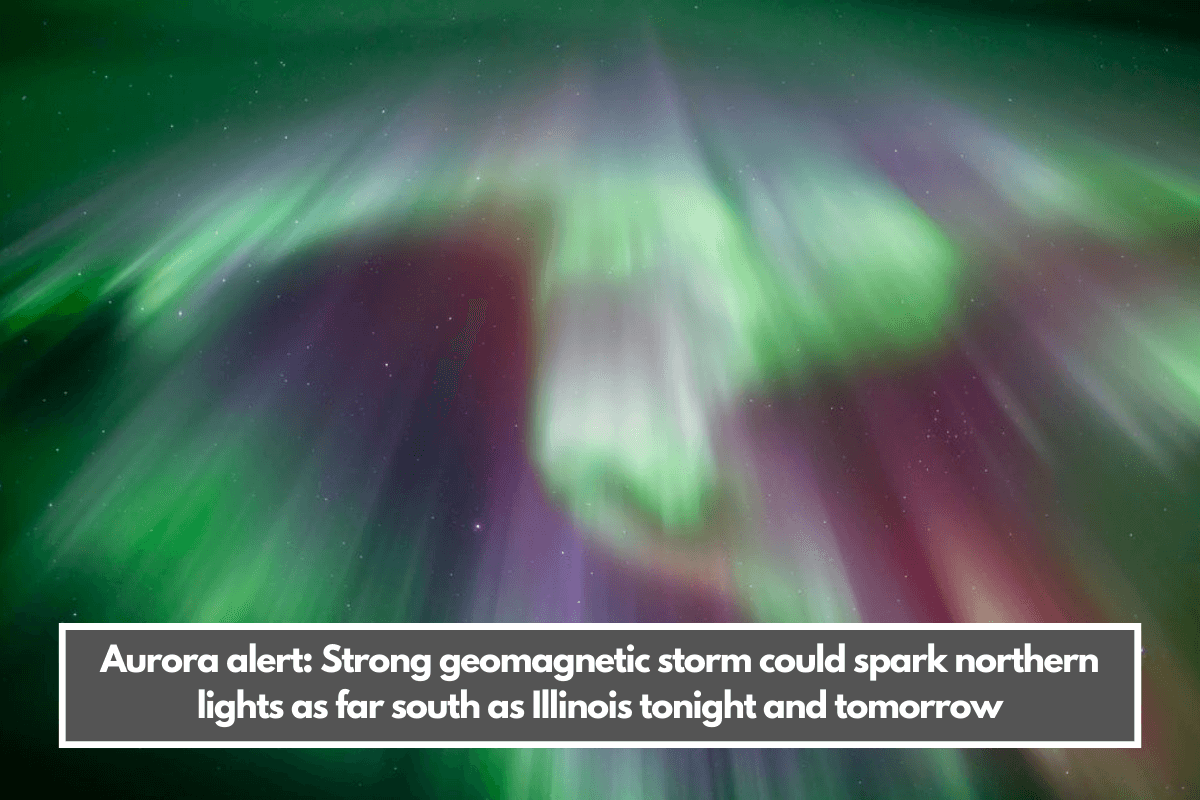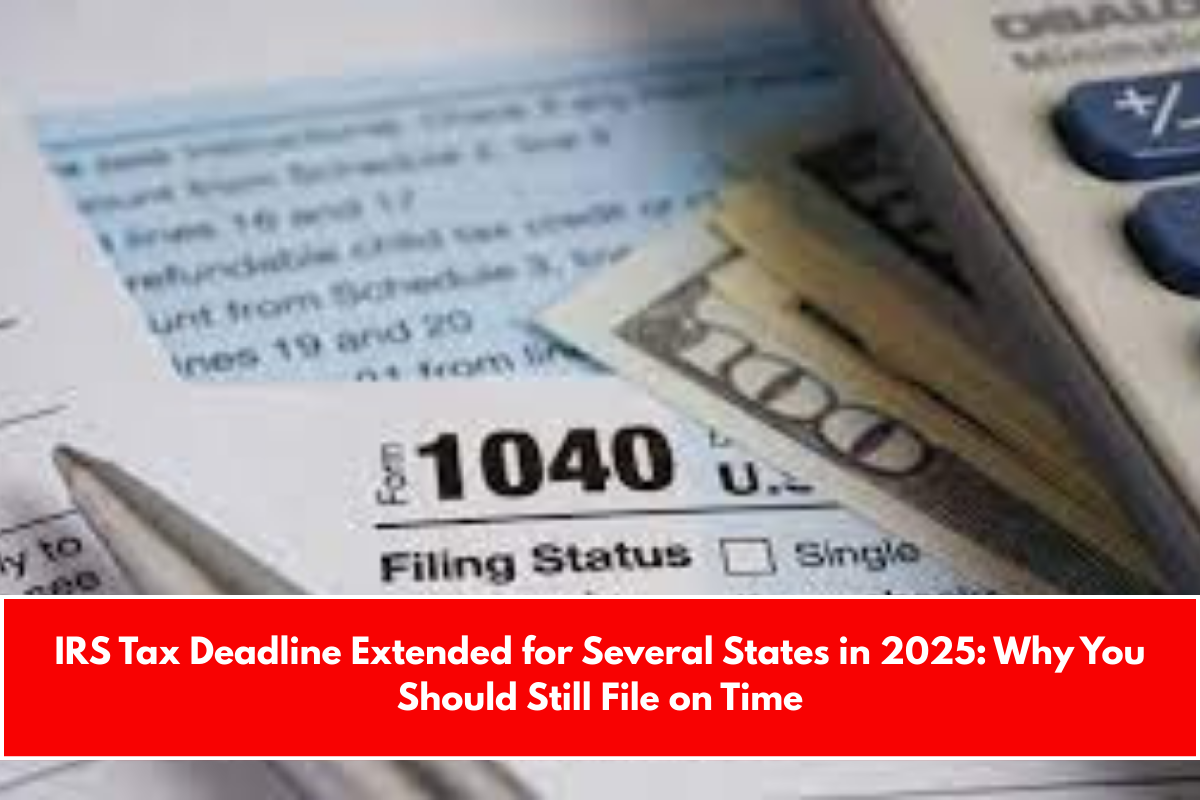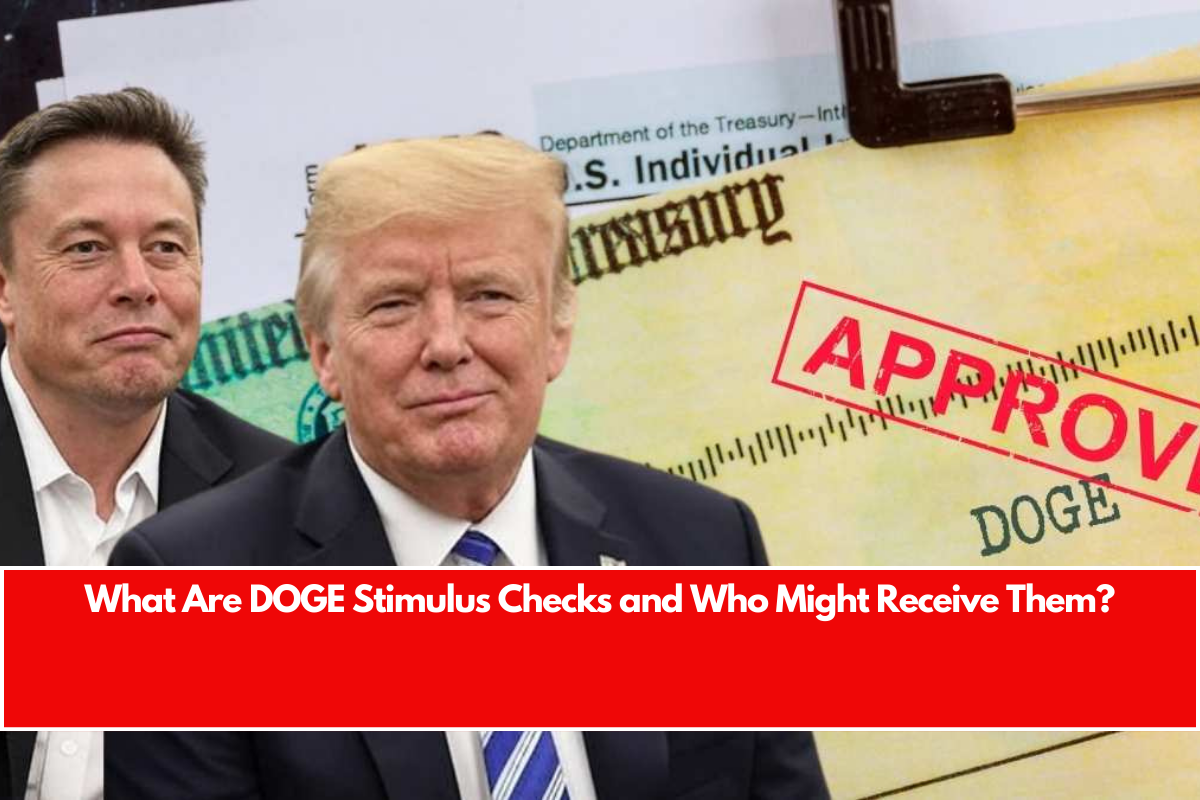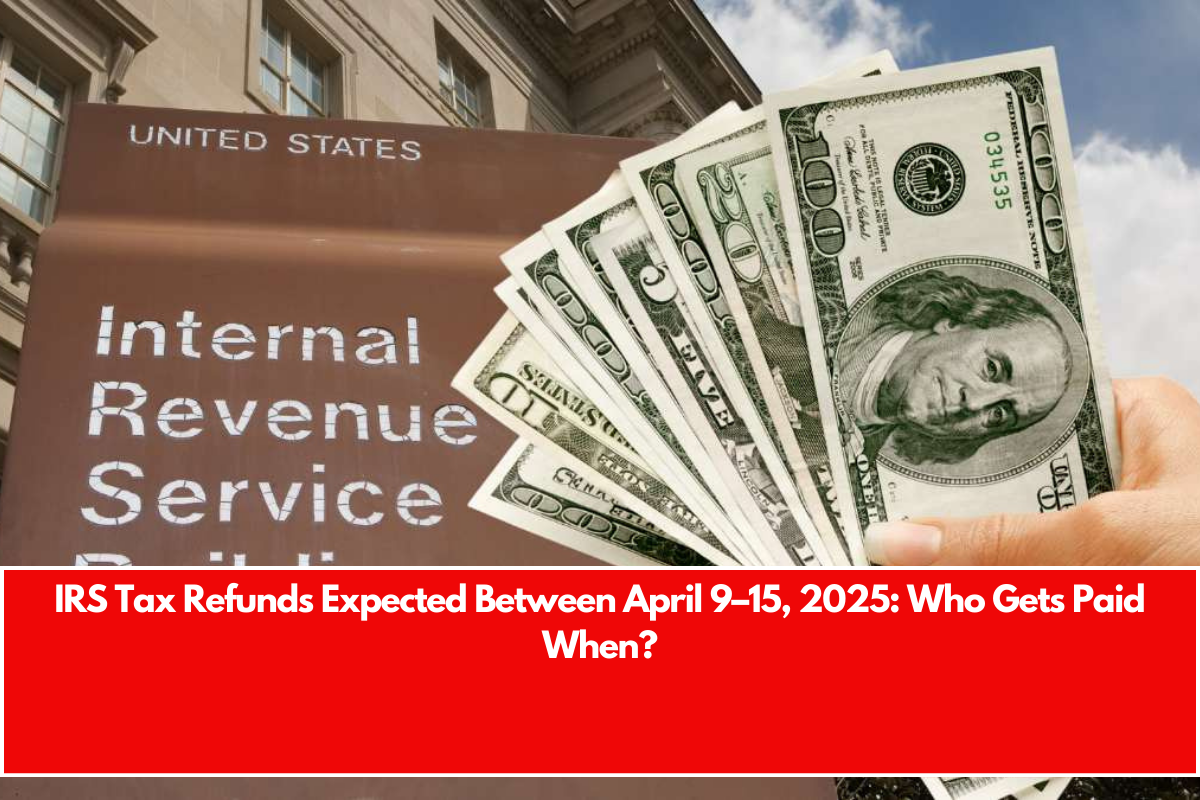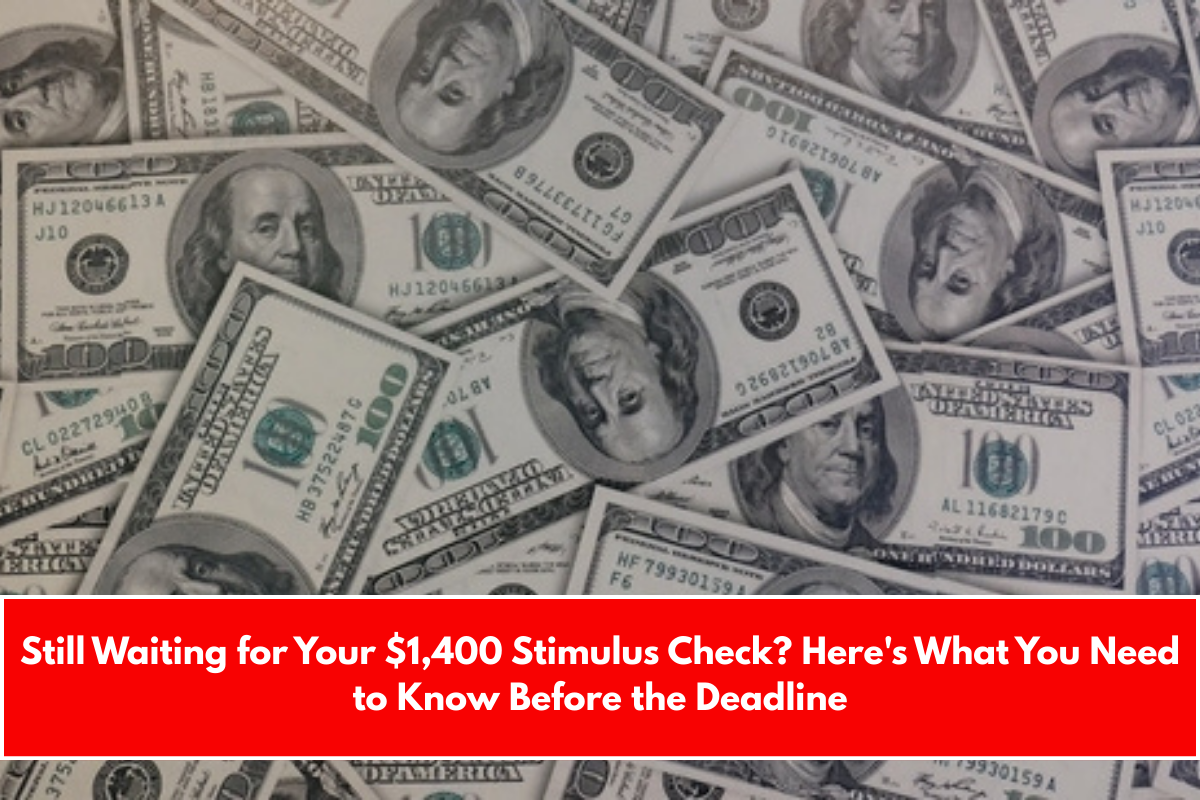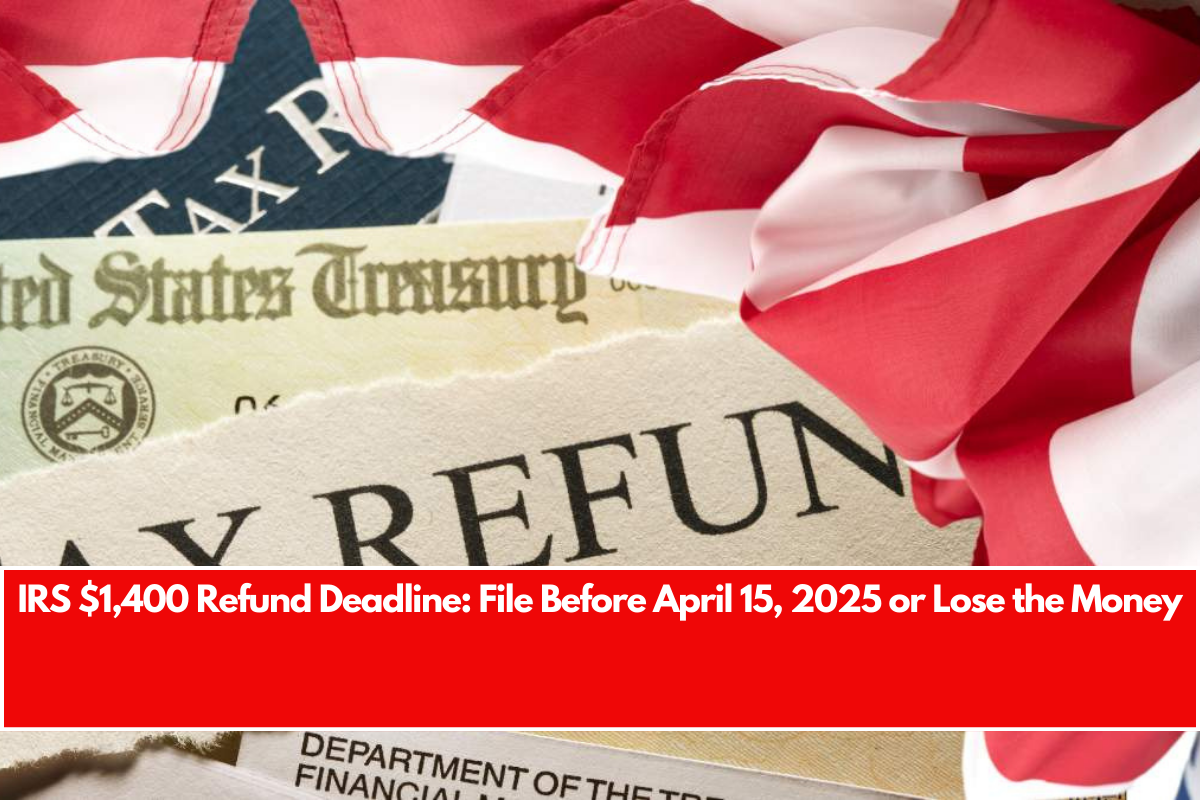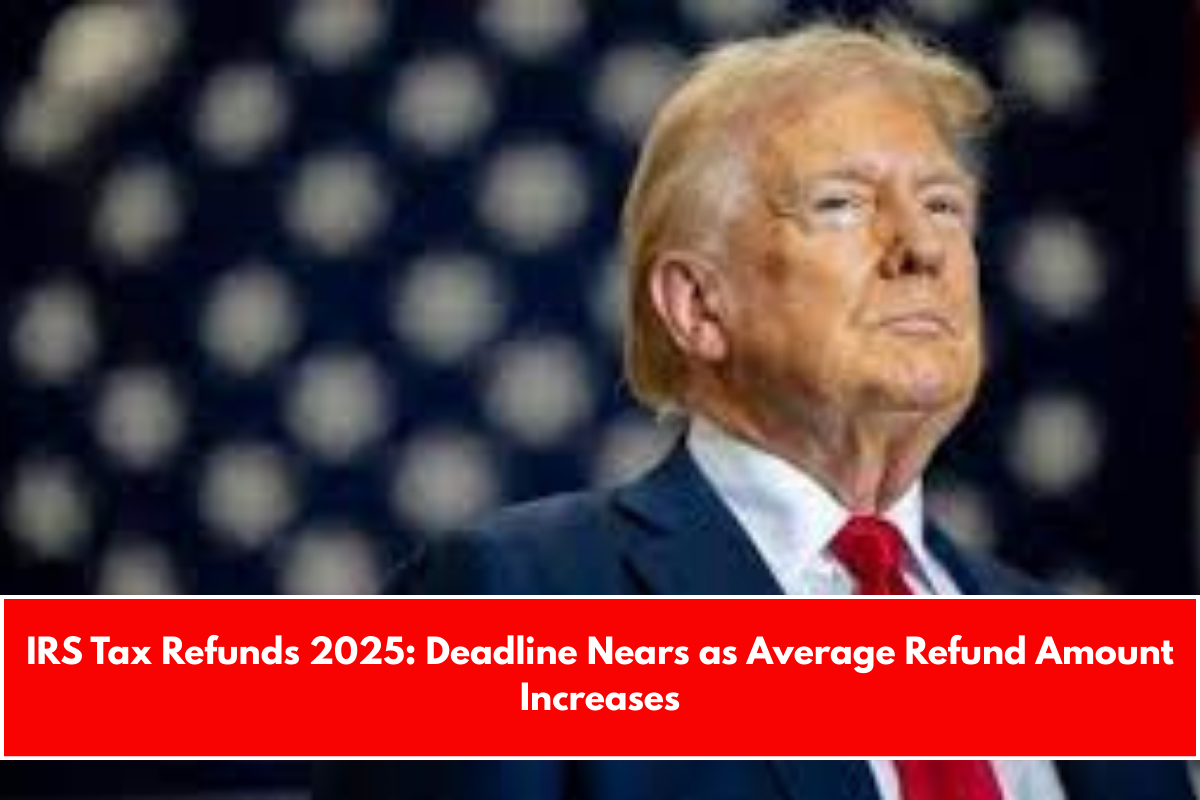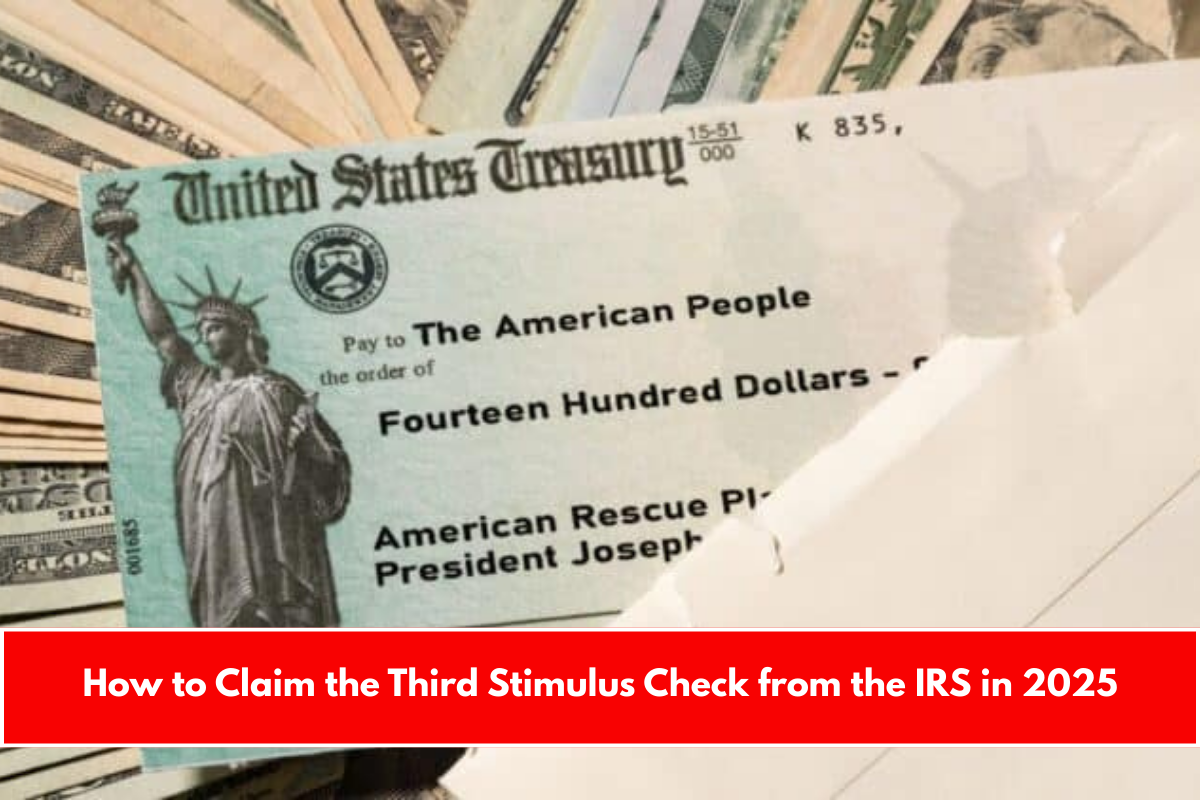We could be in for a New Year’s aurora treat tonight and tomorrow, with northern lights potentially visible deep into mid-latitudes (December 30 and 31).
Due to an incoming solar storm, also known as a coronal mass ejection (CME), the National Oceanic and Atmospheric Administration (NOAA) Space Weather Prediction Center issued a G3 (strong) geomagnetic storm warning on December 31.
is fantastic news for those hoping to see the northern lights, as the predicted geomagnetic storm may cause auroras far south as Illinois and Oregon (around 50° latitude).
the culprit? 29, the sun emitted a CME — massive plume of plasma and magnetic field — into space, Earth is in its path. CME is not alone; several other eruptions in recent days have also produced Earth-directed eruptions, which are expected to cause severe geomagnetic storms on December 31, according to Solar Astrophysicist Ryan French.
Sun has really stepped up over the past few days, with frequent solar flares including a strong X-class event!” post on X. these flares produced Earth-directed eruptions, expected to trigger a strong geomagnetic storm (bringing aurora) on the 31st!”
When CMEs strike the Earth’s magnetosphere, electrically charged particles known as ions collide with the magnetic field. These collisions can cause geomagnetic storms.
During these storms, ions collide with atmospheric gases, releasing energy in the form of light. This produces the spectacular displays known as the northern lights, or aurora borealis, in the Northern Hemisphere and the southern lights, or aurora australis, in the Southern Hemisphere.
NOAA classifies geomagnetic storms according to their intensity, which ranges from G1 (minor) to G5. The most recent geomagnetic storm watch issued by the NOAA is rated G3, indicating strong storm conditions.
When will the geomagnetic storm occur?
According to current predictions, the peak level of activity (G1 to G3) will occur between 10 p.m. EST on December 30 and 10 a.m. EST on December 31 (0300 GMT and 1500 GMT on December 31).
Another burst of activity is expected between 4:00 p.m. EST (2100 GMT) on December 31 and 10:00 p.m. EST (0300 GMT) on January 1, with G1 conditions predicted. Check NOAA’s 3-day forecast for the most up-to-date timings, which are listed in UT.
Keep in mind that space weather, like Earth’s, is unpredictable and difficult to predict. Even though geomagnetic storm warnings at this level are uncommon, they can occasionally prove ineffective.
If you want to know when and where to see auroras, download a space weather app that provides forecasts based on your location. One option I use is “My Aurora Forecast & Alerts,” which is available on both iOS and Android.
However, any similar app should function properly. I also use the “Space Weather Live” app, which is available for iOS and Android, to determine whether the current space weather conditions are conducive to aurora sightings.

